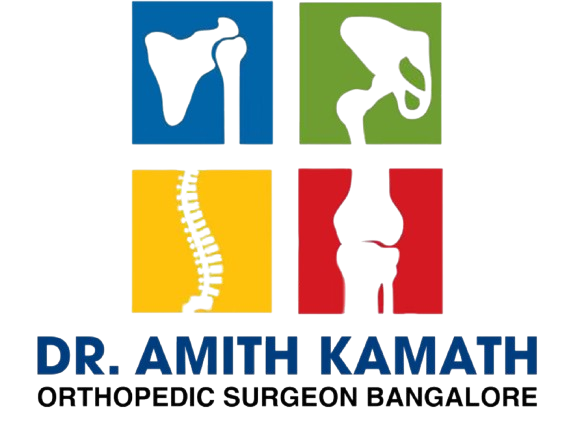PRP injections

Platelet Rich Plasma (PRP) Treatment
PRP Treatment for Joint Pain and Tendinopathies
What is Platelet-Rich Plasma (PRP)?
Plasma is the liquid part of the blood. It contains nutrients, proteins, and hormones. It is responsible for circulating red blood cells, white blood cells, and platelets throughout the body. Blood contains different cells and platelets are one of those cells. Platelets help promote wound healing, cell repair, and tissue regeneration. Platelets also have blood clotting function to prevent bleeding. Platelets contain growth factors that help in promoting the healing and repair process.
These growth factors along with plasma injected into the damaged, injured or diseased part of a person’s body to accelerate the healing of damaged tendons, ligaments, muscles, bones and joints.
How are PRP injections prepared?
PRP injections are prepared by taking anywhere from one to a few tubes of your own blood. It is then run (“spun down”) in a centrifuge to separates the blood into its various components: red and white blood cells, plasma, platelets, etc. The platelets are collected and concentrated to anywhere from 2 to 8 times their normal number. The platelets are then injected directly into the area of injury.
Our Popular Services
Hip Replacement Surgery
Knee Replacement Surgery
Spine Surgery
Shoulder Joint Replacement Surgery
Arthroscopic Surgery
Fracture Treatment
Sports Injuries
What injuries can PRP injections treat?
PRP injections are used primarily for soft tissue injuries, such as minor rotator cuff and partial Achilles’ tendon tears. Its use in other soft-tissue injuries is becoming more common. It has been demonstrated to improve function and reduce pain in people who have tendonitis or chronic tendinosis conditions such as tennis elbow, golfer’s elbow and plantar fascitis.
It can also be used to treat injuries to ligaments and muscles. For example, improved muscle regeneration has been shown in gastrocnemius (calf) muscle injuries. PRP has also been used to enhance healing when there is delayed healing of bone fractures even following surgery.
Recent data suggests that PRP treatment is superior to steroid injections for knee osteoarthritis, especially in regard to the duration of its positive effect. However, emerging data demonstrates that PRP combined with hyaluronic acid (also known as viscosupplementation or “gel shots”) is more effective than either treatment alone.

Does PRP Provide Immediate Relief?
It takes some time for the growth factors to promote the tissue regeneration and healing process. It may take up to a few weeks to months to see the results of a PRP injection. With PRP injection, you experience less pain and more mobility over time.
How Long Does It Take PRP Injections to Work on Joints?
Every patient is different, so it is difficult to give a definitive answer when it comes to how long PRP injections take to work on joints. However, most patients report feeling significant improvement within 2-3 weeks after their initial injection. For some patients, one injection is all that is needed to achieve long-term relief. Others may require a series of injections spaced out over 3 to 4 weeks.
How Much Does PRP Injection for Knee Pain Cost?
The average cost of PRP injection ranges from Rs. 15,000/- to Rs. 20,000/- per session. Though it may seem that PRP injections are expensive, the benefits of the treatment can overweight its cost. PRP injections are safe and can sometimes help you to avoid invasive treatments such as surgery.
How many PRP injections might a patient need for knee problems?
The surgeon decides the number of PRP injections required for knee damage based on the extent of the damage.
PRP Therapy: Muscle or tendon damage
If you suffer from persistent tendon or muscle injuries, PRP might be one of the best non-invasive treatment options to delay the need for surgery need and may even prevent the need for surgery. Typically, two injections are recommended to treat tendon or muscle injuries, given a gap of 3 to 4 weeks between the dosage.
PRP Therapy: Joint Injury or Arthritis
PRP cannot regenerate new cartilage or reverse arthritis-related joint damage, but it can reduce inflammation and joint stiffness. Typically, 2 to 3 injections are recommended to treat the joints, given a gap of 2 to 3 weeks apart.
Do PRP injections have side effects or risks?
Side effects of PRP injections are very limited because the injections are created from your own blood, and your body should not reject them or react in any negative way. As with any injection, there is a remote risk of infection. Otherwise, there are no significant risks apart from the variability and unpredictability of how effective the treatment will be for a particular patient.
Want to know more about PRP for joint pain or tendinopathy?
For more detailed information schedule an appointment with Dr. Amith Kamath, one of the best orthopedic surgeons in Bangalore, to discuss more about PRP treatment and whether it suits you.
Plasma is the liquid part of the blood. It contains nutrients, proteins, and hormones. It is responsible for circulating red blood cells, white blood cells, and platelets throughout the body. Blood contains different cells and platelets are one of those cells. Platelets help promote wound healing, cell repair, and tissue regeneration. Platelets also have blood clotting function to prevent bleeding. Platelets contain growth factors that help in promoting the healing and repair process.
Dr. Amith Kamath is a best knee replacement specialist in Bangalore.

